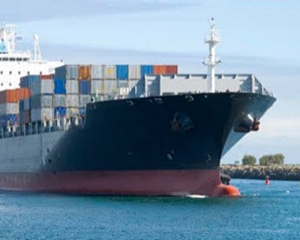BANGKOK, July 31 – Thai exports this year are projected to grow at 5.8 per cent, valued at US$242 billion, the lowest growth in three years thanks to signs of slowing Thai exports from overseas factors, according to an analysis released by the Centre for International Trade Studies of the University of Thai Chamber of Commerce (UTCC).
Centre Director Asst Prof Dr Aat Pisanwanich released the study on the impacts of the euro zone crisis on Thai exports, saying it is likely to impact Thailand’s key trading partners both directly and indirectly including China, the US, India, Japan and ASEAN countries. Thailand’s exports to these countries altogether amount to half of all Thai exports.

The crisis is likely to expand worldwide and goods prices in the global market are likely to fall sharply. Index of farm produces’ prices is projected to drop 7.8 per cent this year. Food and beverage prices will likely drop 2.7 and 19.3 per cent respectively while raw materials prices are expected to fall 14.3 per cent.
The European market is likely to shrink 4.5 per cent and exports of electric appliances, computers, and machinery to European Union markets are likely to be impacted. Indirect impacts could be seen in ASEAN markets, which are likely to expand 10.3 per cent, dropping from 21.2 per cent last year.
Chinese and Indian markets are projected to grow 8.3 per cent and 4.4 per cent respectively this year, decreasing from 27.6 per cent and 17.9 per cent, recorded last year.
Mr Aat advised that if Thailand wants to achieve its export target at 15 per cent in the second half of this year, it must push for exports in each month to surpass US$25 billion. However, entrepreneurs are advised to exercise their rights under the Free Trade Agreements.
So far, only 60 per cent of them have used FTA privileges. Border trade should be increased and commodity prices should be adjusted in accordance with declining purchasing power. The government should also help them cut their production costs.




